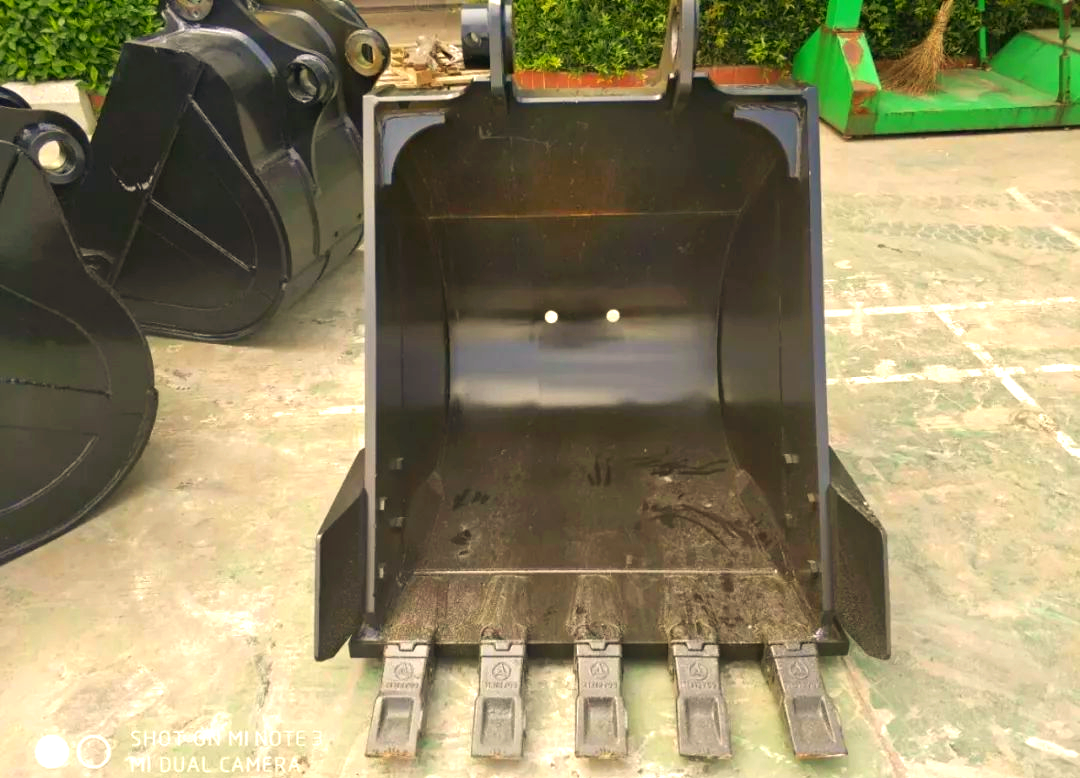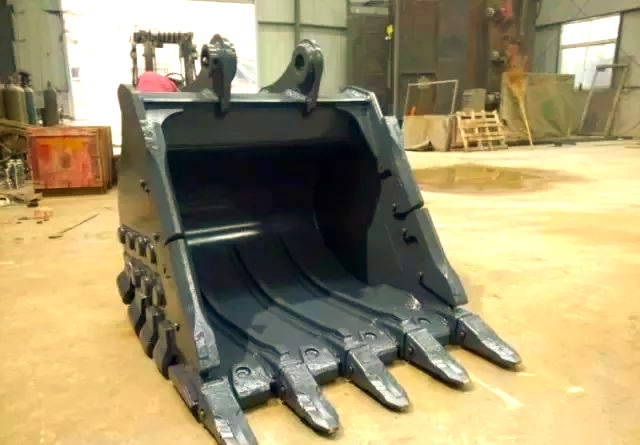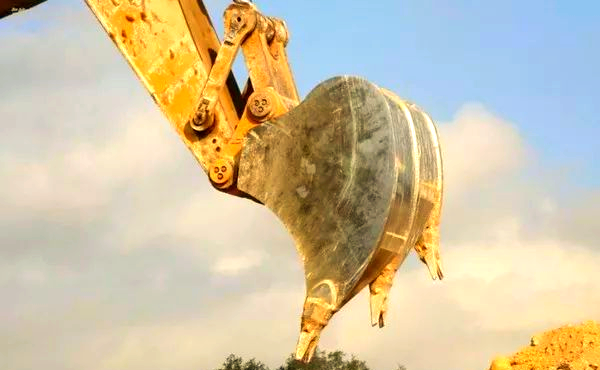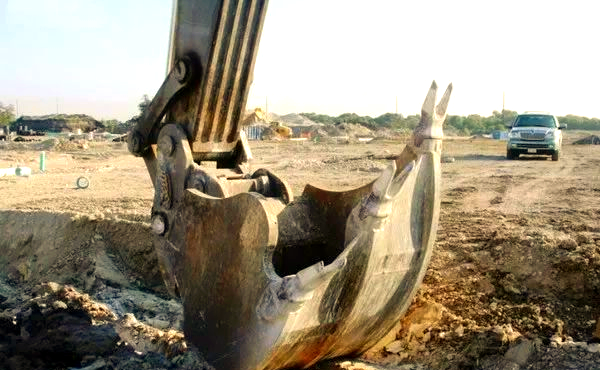How Well Do You Know the Different Types of Buckets?
The earthwork bucket, the most familiar type of bucket in daily operations, is almost a standard configuration for small and medium-sized excavators. This type of bucket typically uses standard thickness plates, and its design lacks significant reinforcement measures on the bucket body.

Due to its unique characteristics, the earthwork bucket plays an irreplaceable role in small and medium-sized excavators. Its wide opening and sufficient bucket capacity provide excellent loading capacity, significantly improving the fill factor and overall work efficiency. Therefore, it performs excellently in tasks such as clay excavation and loading light materials like sand, soil, and gravel. However, due to the use of standard thickness plates and lack of reinforcement or wear-resistant design, its durability is relatively low and its lifespan is shorter.

In contrast, the rock bucket is designed to be tougher. It uses thicker plates, and critical areas such as the bucket teeth, bucket wings, and the sides and bottom of the bucket are reinforced. This design allows the rock bucket to demonstrate exceptional durability and work efficiency when performing tough tasks like rock excavation.


With special protection and reinforcement design, the rock bucket excels in abrasion resistance, pressure resistance, and bending performance. It is perfect for loading heavy materials like stones, semi-hard rocks, weathered stones, hard rocks, and blasted ores, making it widely used in harsh mining conditions.
Additionally, to cope with more intense excavation tasks, the clamshell bucket is equipped with high-strength teeth, allowing for soil loosening tasks to be completed in one go, significantly improving work efficiency.


The ditch bucket is specifically designed to meet the needs of ditch excavation in areas like water conservancy, roads, agriculture, and pipeline construction. This type of bucket is typically equipped with one or more teeth, and its sharp bucket teeth make soil breaking effortless. However, its disadvantage is that its smaller bucket capacity may somewhat affect excavation efficiency.
Due to varying work requirements, ditch buckets come in diverse shapes and widths, such as rectangular, trapezoidal, and triangular. Their significant advantage is that they can form a trench in one go, typically without needing further modification, thereby significantly improving work efficiency. The grate bucket is also a specially designed excavation bucket, featuring a grid-like structure at the bottom. It is particularly suited for excavating loose materials and achieving integrated excavation and separation.

Clean-up Bucket (Tilt Bucket)
Before discussing the clean-up bucket, let's first understand the silt bucket, also commonly known as a mud bucket. This bucket is characterized by its large width and lack of bucket teeth. It is ideal for large-scale reshaping on slopes or flat surfaces, as well as for dredging rivers, ditches, and similar areas.

The tilt bucket, inheriting many advantages of the mud bucket, is additionally equipped with a hydraulic cylinder to adjust the tilt angle of the bucket, making it flexible to adapt to different working requirements. Its maximum tilt angle can reach 45 degrees, and work can be done without moving the excavator, reducing mechanical wear and fuel consumption, while also enabling fine operations that ordinary buckets cannot handle, significantly enhancing work efficiency.


Grab Bucket
Grab buckets come in various forms. The shell grab is designed like a shell, consisting of two complete bucket-like components, while the orange peel grab is made up of three or more jaw plates combined cleverly. These different types of grab buckets play a unique role in various work scenarios.
The working principle of a grab bucket relies on the hydraulic cylinder to drive the opening and closing actions, completing the grasping and operation of materials. It performs excellently in tasks like trench digging in construction sites, deep pit excavation, and loading loose materials such as coal, sand, gravel, and dirt, especially in confined spaces where its adaptability is more pronounced.
Thumb Bucket
The thumb bucket is designed to resemble a human hand, equipped with a rigid linkage connected to the excavator arm via a welded bracket. This design enables the thumb bucket to be as flexible and agile as a human hand when grasping and transporting materials.

A clever feature is a barrier-like device at the front of the bucket, which effectively reduces the likelihood of material spilling and also allows for direct grabbing of materials. When the bucket is retracted into the thumb grab, it efficiently picks up, grabs, classifies, and processes various materials and objects, adapting to different working conditions in both a practical and safe manner.
Four-in-One Bucket
The four-in-one bucket features a more complex design with a broader functionality. It combines functions such as loading, leveling, clamping, and more, integrating the capabilities of the mud bucket, rotating bucket, and earthwork bucket. This allows it to perform excellently in various operational environments.

As the functionality of the four-in-one bucket increases, the demands on the operator's technical skills rise. However, it is not suitable for tasks like trenching or ditch digging that require heavier operations. Additionally, due to the addition of more parts and functions, the maintenance workload also increases.